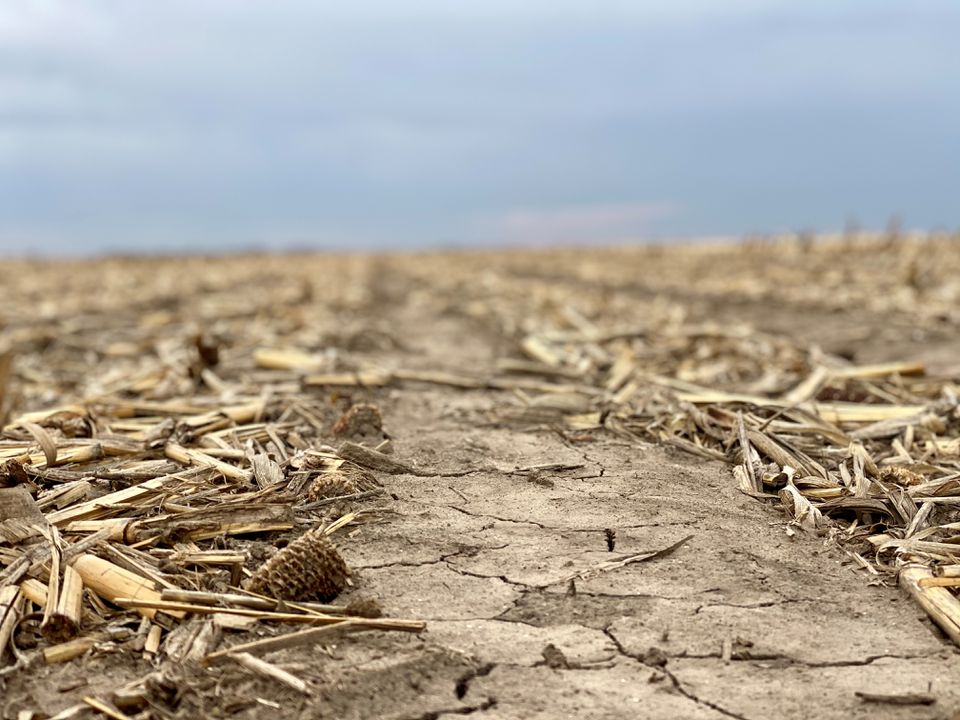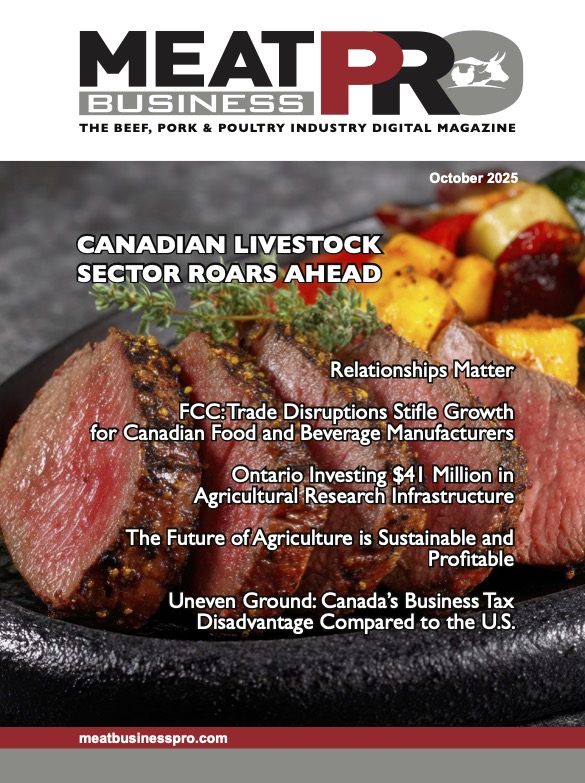The Microsoft purchase underscores both the promise and the problems of the emerging industry in agriculture-based climate credits.
“For row-crop agriculture, the big opportunity it offers is scale. But it also has a measurement and monitoring problem,” said Lucas Joppa, Microsoft’s chief environmental officer.
The company received proposals from agriculture projects that made carbon-removal claims without scientific validation, Joppa said. Others led to deforestation or were found to capture some carbon but leak it back into the atmosphere quickly. Simply tilling a field, for example, can release carbon meant to be stored.
Solving such problems will be key to fully capitalizing on what could be a huge opportunity in selling credits to major firms such as Microsoft.
Joppa said the company might need to buy 6 million carbon credits annually by 2030. “And that is going to require a lot greater transparency” on the part of agricultural credit producers, he said.
Each credit should represent a metric ton of carbon dioxide removed from the atmosphere. Companies buy them to appeal to environmentally conscious consumers and to prepare for expected government climate regulations.
Agriculture is among the largest emitters of greenhouse gasses, including those from tractor emissions and from manure and fertilizer applications. But the sector is also a promising part of the solution. Global croplands and grasslands can capture and store the equivalent of up to 8.6 gigatons of carbon dioxide a year, according to a 2019 report from the Intergovernmental Panel on Climate Change. That’s equal to about 1.3 times all U.S. emissions that year, according U.S. government data.
BUILDING A NEW MARKET
Farmers of commodity crops can capture carbon in their fields by planting an extra crop in the off season or reducing their plowing. Some programs also issue environmental credits for conserving water or reducing fertilizer runoff.
Typically, farm carbon programs establish a field’s soil carbon with soil sampling and laboratory testing. Programs then estimate how much carbon is captured and stored by analyzing everything from weather and seed type to farming practices. They use data gathered by humans, satellites and sensors on farm machines.
Third-party verifiers validate the data and generate credits, which are issued to program managers or to farmers.
The high costs of measuring and verifying soil carbon credits have prevented more farmers from participating in such programs.
The Microsoft purchase showed buyers are willing to pay for high-quality credits, but farmers say they need help covering costs to ensure their efforts are worthwhile.
A U.S. Department of Agriculture study estimated that a shift to sustainable agriculture practices can hurt yields of row crops like corn and soybeans in the first two years they are used. But thereafter, captured soil carbon can improve yields, research shows. When farmers reduce tilling, they allow old crop roots to break down into soils and nourish the next crop, reducing fertilizer costs.
INTEREST FROM BIG AG
A climate push from the Biden administration is spurring more interest in farm-based carbon credits. The administration has, for instance, proposed creating a carbon bank, effectively a guaranteed buyer for agricultural credits. A bipartisan bill proposing the USDA establish science-based standards for carbon-removal claims was passed by the Senate agriculture committee last week.
The USDA is monitoring the success of private-sector projects to potentially expand climate-focused programs in future farm bills.
Agricultural companies from Bayer AG (BAYGn.DE) to Cargill Inc (CARG.UL) have subsidized projects that encourage farmers to reduce emissions, save water and plant off-season crops that restore nutrients to soil and limit erosion. They hope to aid development of a broader marketplace for credits they sell, or keep the credits to counter pollution in their own supply chains.
Lukas Fricke, a farmer from Ulysses, Nebraska, planted rye and tiller radishes this winter as part of a program launched by Land O’Lakes. He is among the farmers generating credits being purchased by Microsoft. But the $20 he expects for each credit will not cover the cost of cover-crop seed and hiring specialized labor to prepare his fields for planting.
“It’s very new,” he said. “It’s still the wild west.”
Fricke, however, expects to recoup his investment by growing bigger corn, soybean and sorghum crops as his efforts bolster soil fertility and cut fertilizer costs.
Minnesota farmer Ben Mergen devoted 60 of his 500 acres to oats and rye this winter for a pilot project funded partly by the nonprofit environmental group The Nature Conservancy.
The program, with the help of other grants, will pay Mergen $50 per acre for the environmental credits generated, more than offsetting his $30-an-acre investment in seed and labor.
Without the subsidies, Mergen would not recoup his costs of creating credits. But farmers and program managers anticipate that participation costs will decline and prices offered for carbon will rise.
“I think it will catch on,” Mergen said. “The hope is that in three to five years we’ll see the benefit of it.”
PROMISING PARTNER
Companies and nonprofits have launched pilot projects to cover soil-sampling costs and help farmers find credit buyers.
Verifying carbon-capture claims accounts for about 75% of the cost of generating credits, said Debbie Reed, executive director for the Ecosystem Services Market Consortium (ESMC), a nonprofit group that includes environmental and agricultural organizations along with companies like General Mills and McDonald’s.
To cut sampling costs and reassure credit buyers, ESMC is investing in satellite and remote-sensing technologies that measure soil-carbon concentrations. The organization aims to launch an environmental credit marketplace in 2022.
“Until we get to a market where there is liquidity, we will continue to see projects without buyers and we will continue to see buyers without the supply they need,” Reed said.












